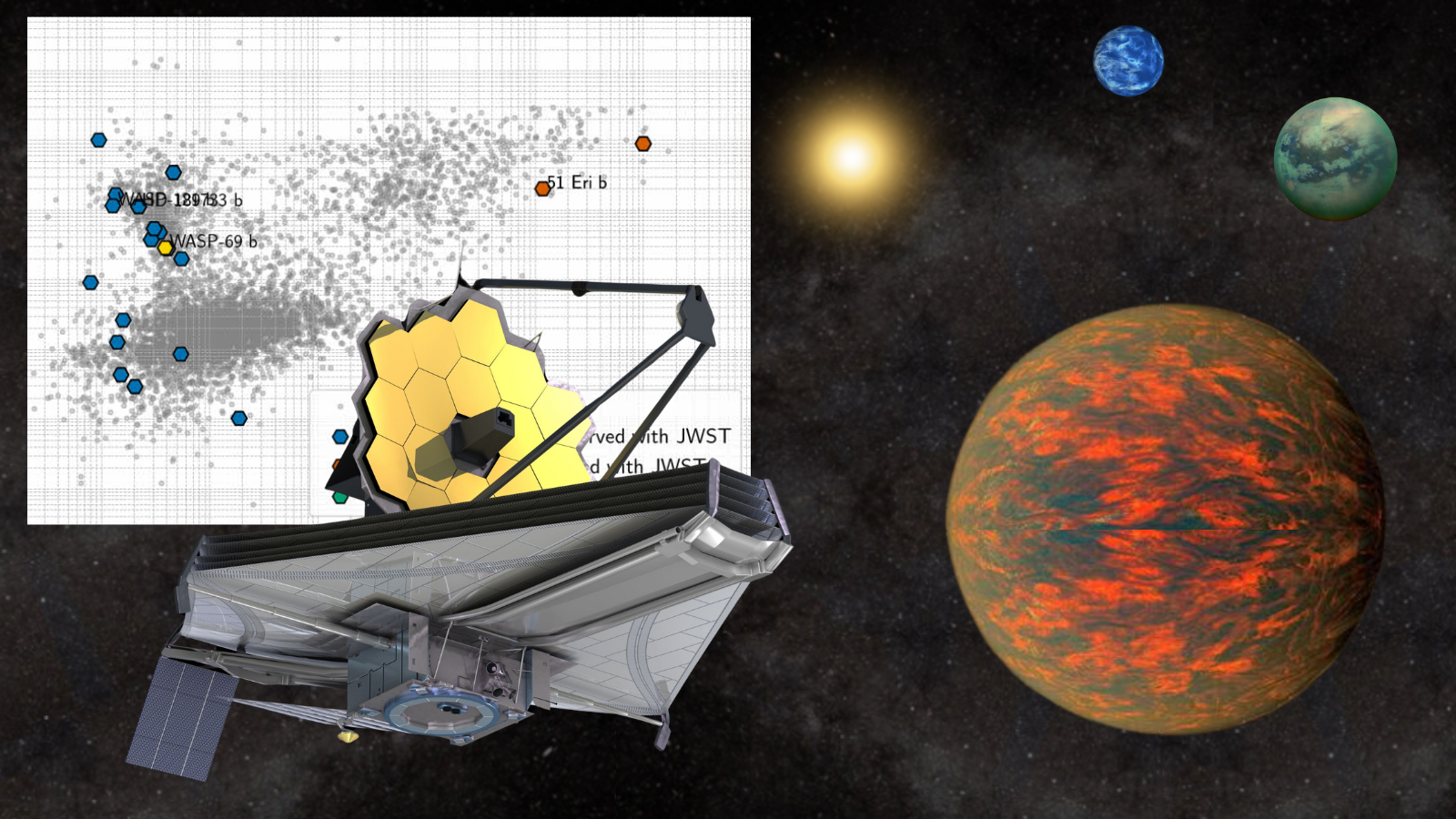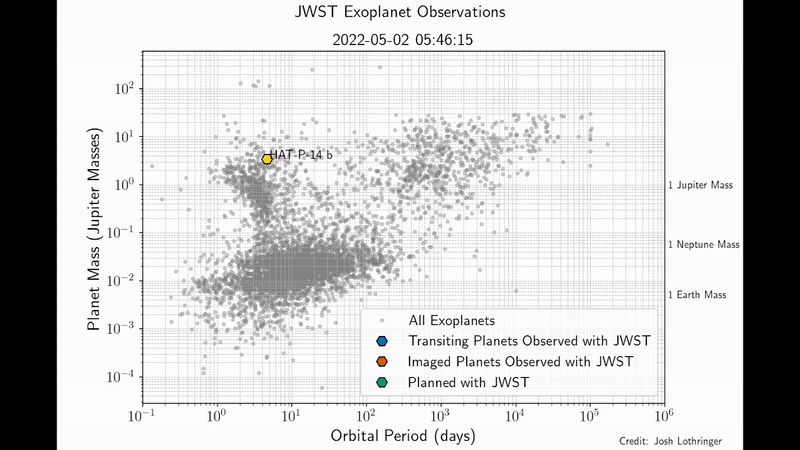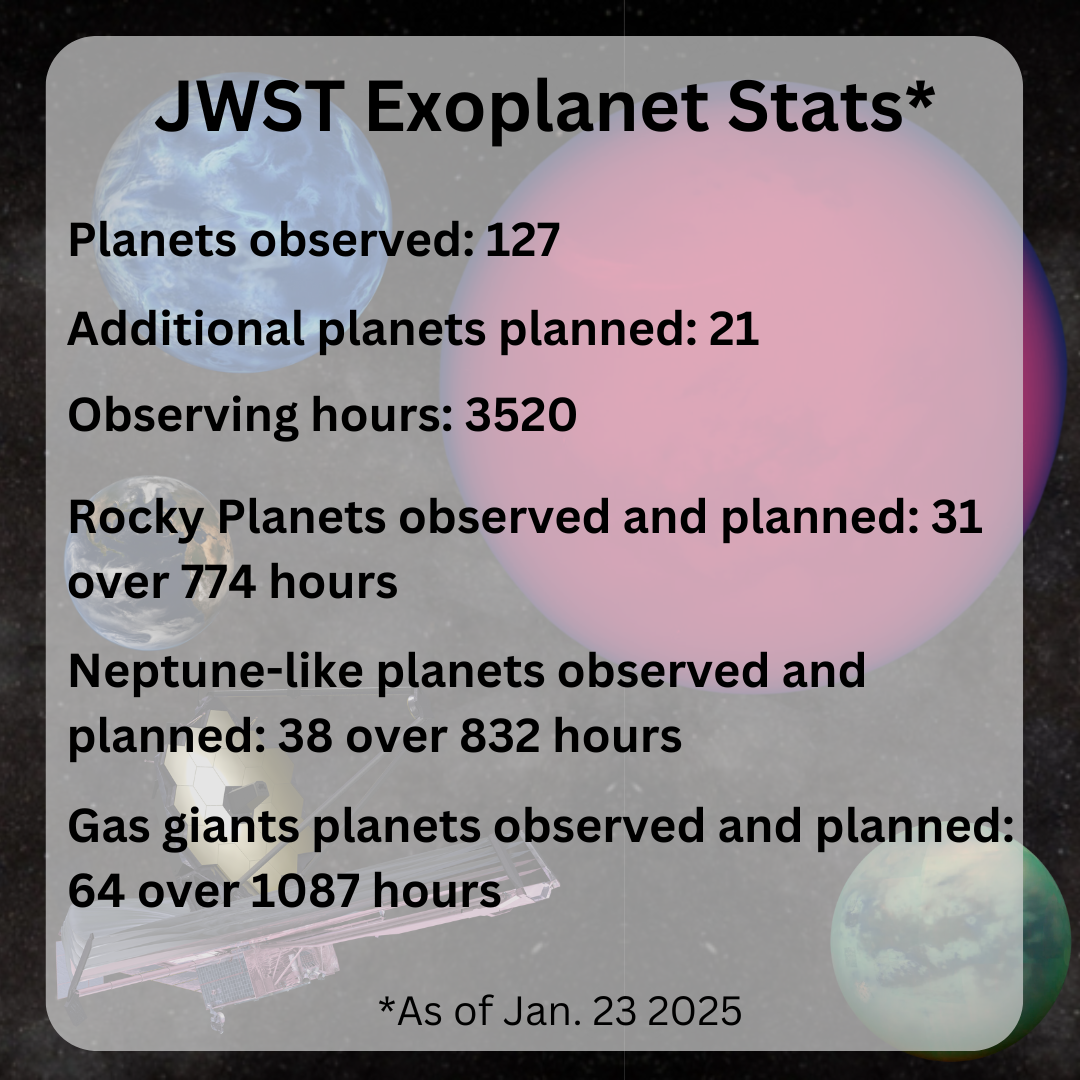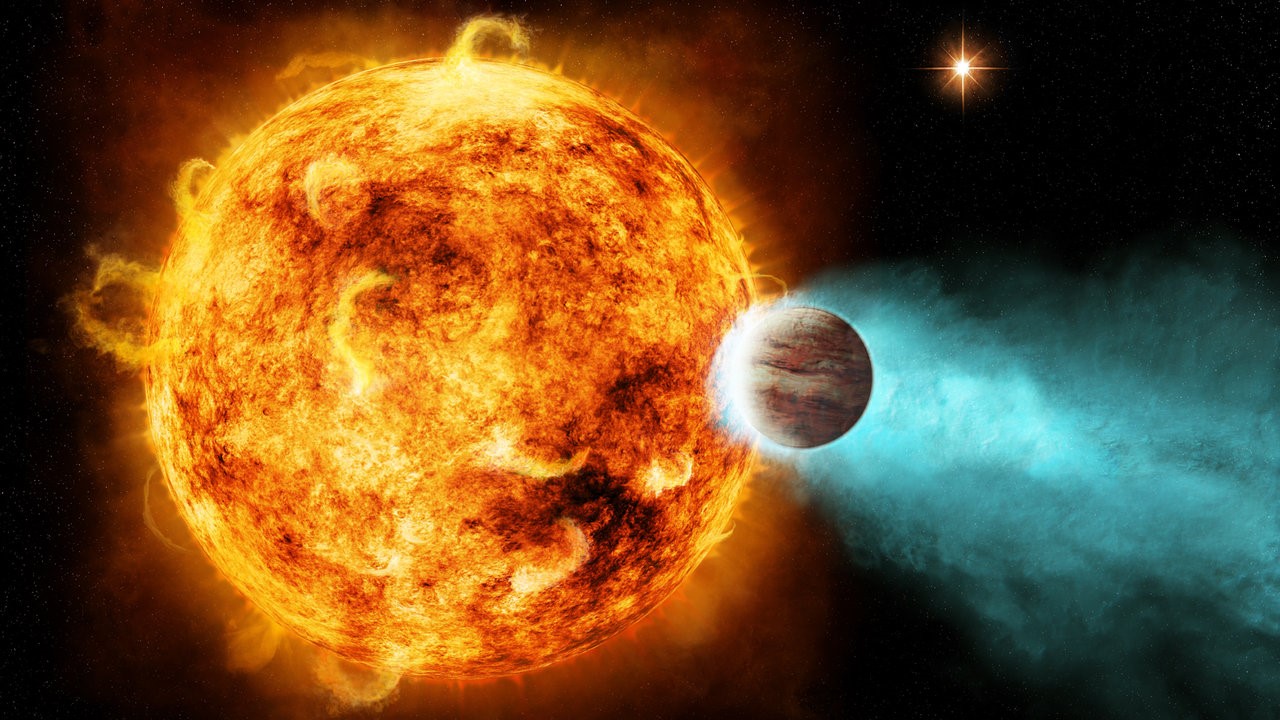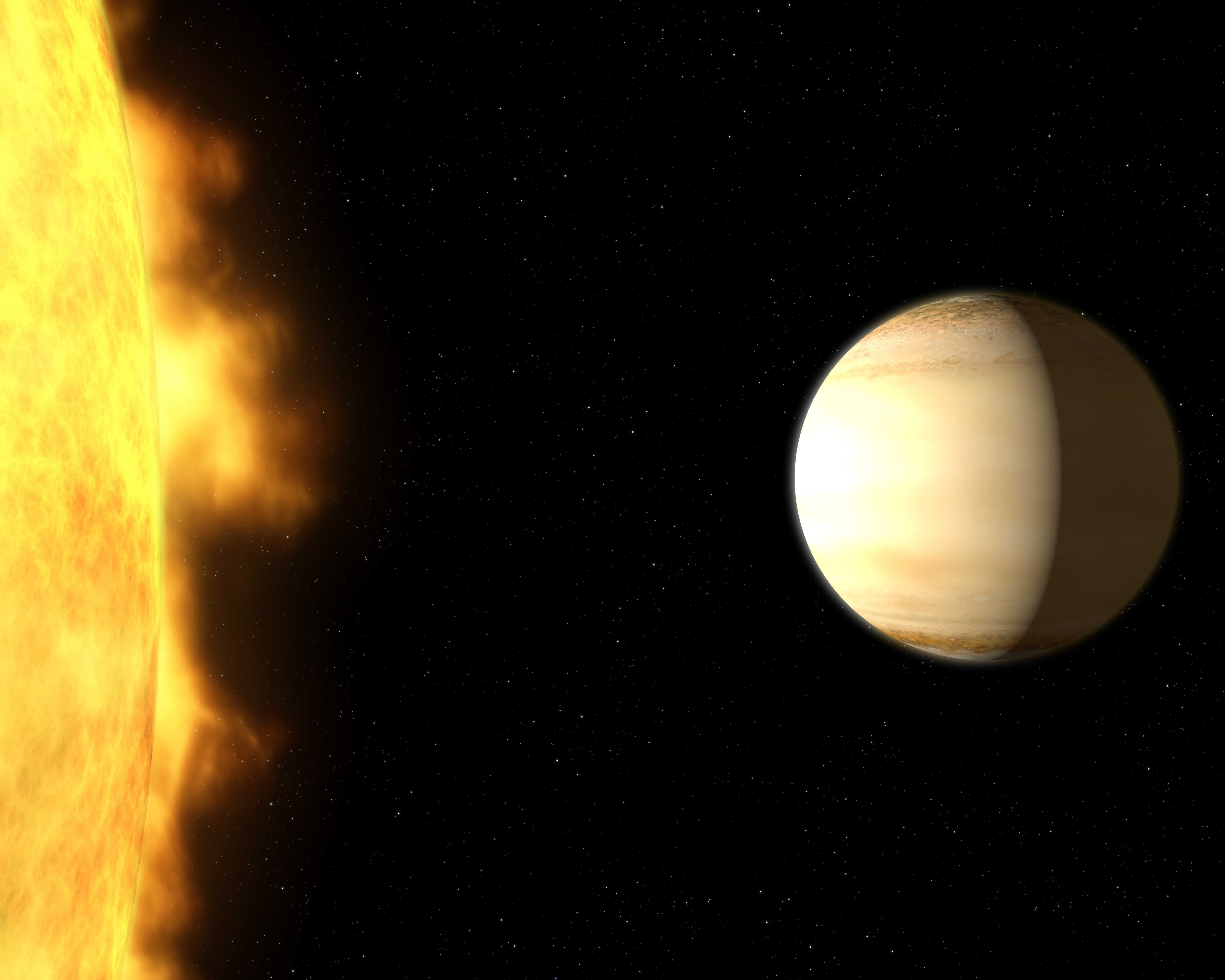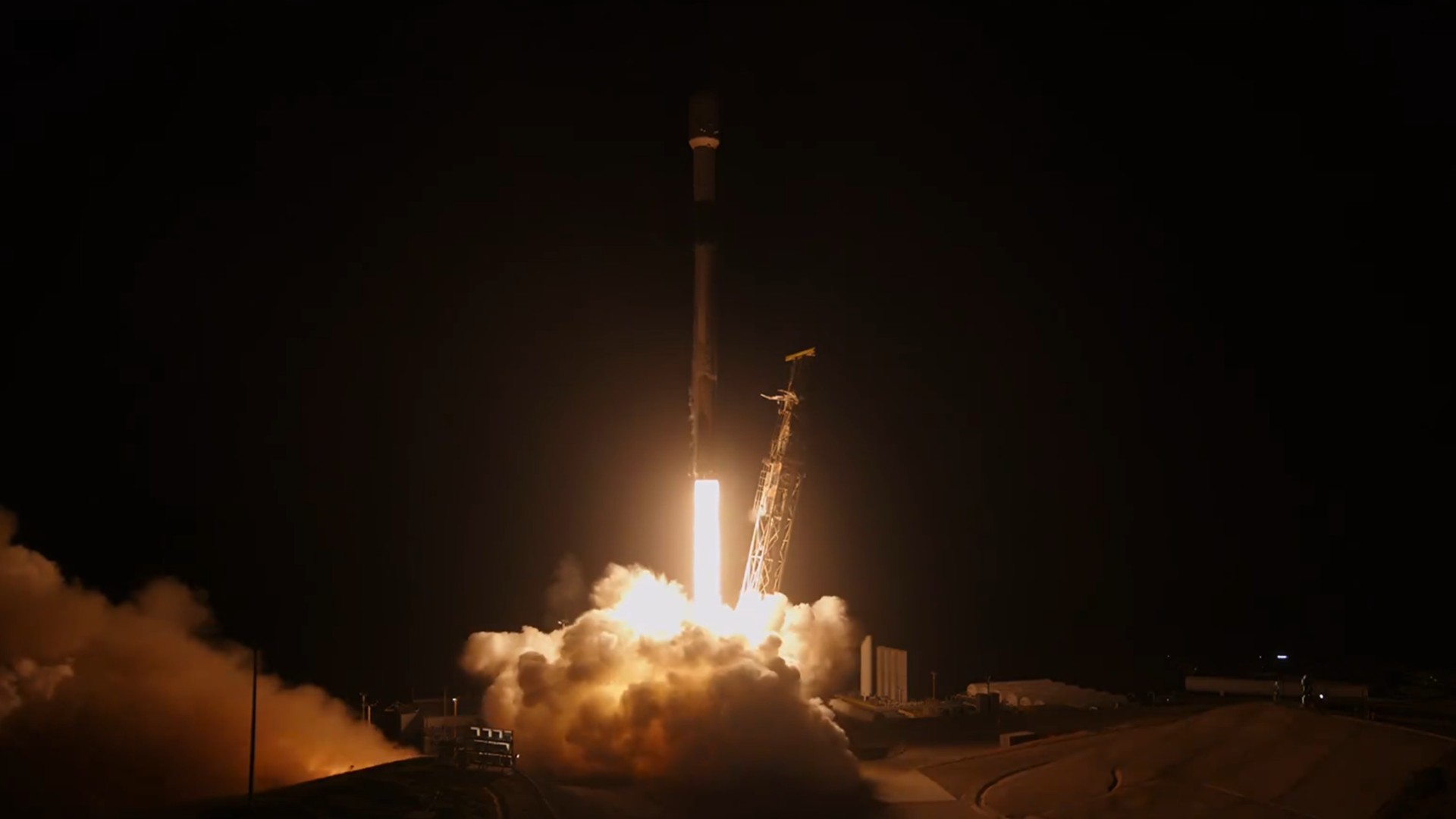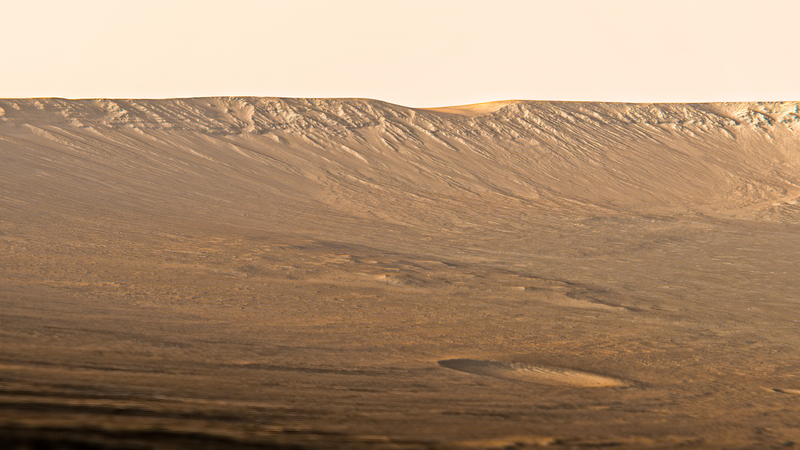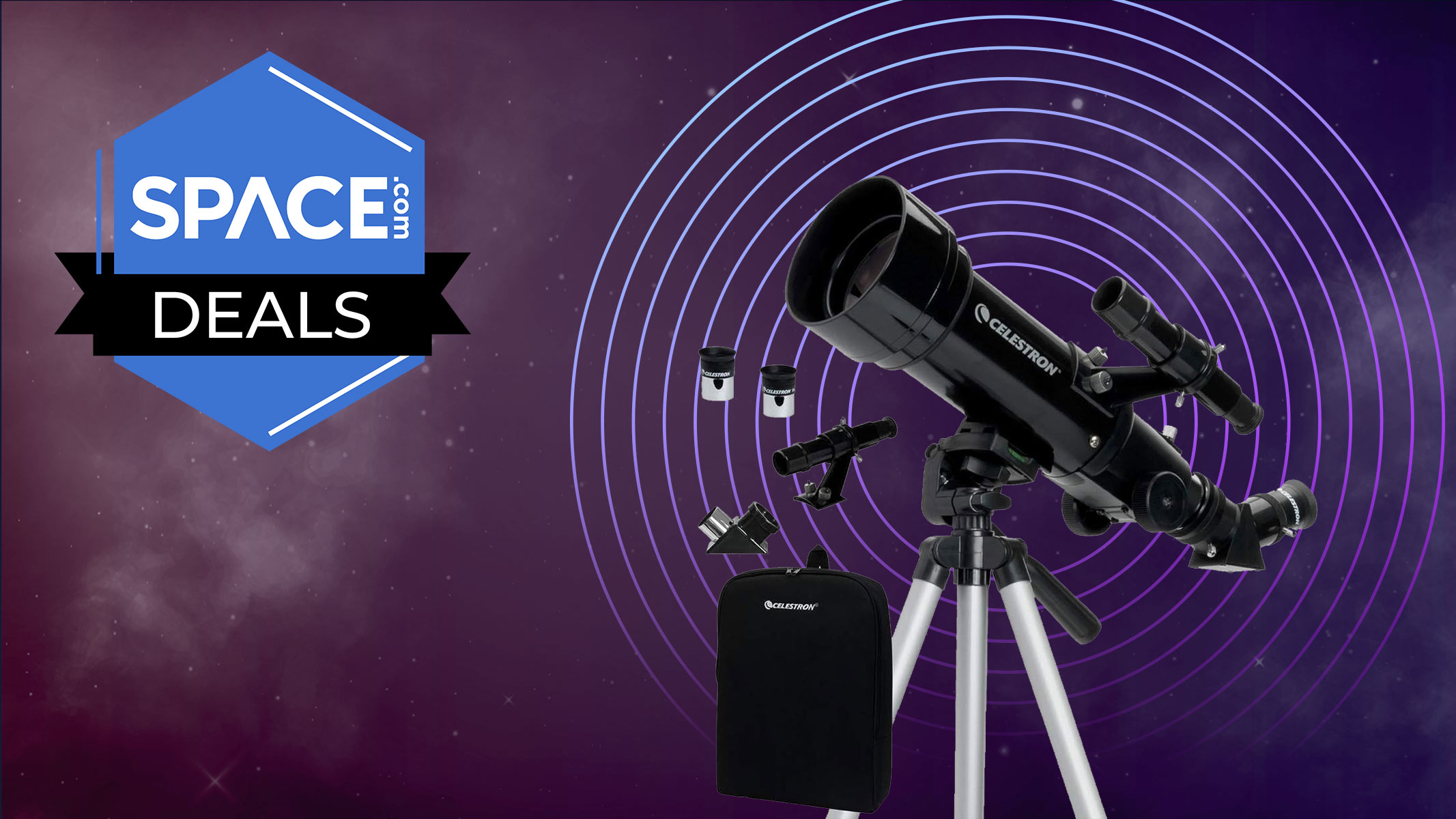The James Webb Space Telescope (JWST) has had an impact on astronomy since its launch on Christmas Day 2021 that cannot be overestimated. This influence has extended from studies of objects within the solar system to the very edge of observable space and, thus, the earliest imaginable galaxies.
Though the JWST was predicted to become a major player in the study of the most distant and ancient galaxies, the $10 billion telescope wasn’t expected to have such an impact on one of the most fascinating and rapidly growing areas of astronomy: the study of planets beyond the solar system, or extrasolar planets, or “exoplanets.”
But reality often doesn’t meet expectations. In celebration of three years of exoplanet science from the JWST, Joshua Lothringer, an assistant astronomer at the Space Telescope Science Institute (STScI) and exoplanet expert, has created the first “go-to hub” for the public and scientists to see which types of planets are being observed by humanity’s most powerful space telescope.
Lothringer, who has been co-author on 20 publications based on JWST observations, including the Early Release Science observations of WASP-39b, has built an exoplanet dashboard that gives data related to the JWST’s exoplanet studies. The dashboard features a striking and frequently updated GIF that visualizes the planets studied, having them appear by name and according to their mass and the time it takes them to orbit their parent star.
“I wanted to create the dashboard because there currently isn’t a go-to place to see which types of planets are being observed by JWST and answering questions like: ‘How many terrestrial planets has the JWST observed?'” Lothringer told Space.com. “We have a listing of exoplanet-related observations called TrExoLiSTS created by my collaborator Nikolay Nikolov, also at STScI, but we needed to connect this to the actual planet properties in the NASA Exoplanet Archive, which is what we’ve done with the Dashboard.”
The researcher explained that once this was done, he was able to create some helpful visualizations and calculate some statistics to understand the breadth of JWST’s sample of exoplanets.
“JWST has truly been revolutionary- it is now hard to imagine what life was like without it!” Lothringer said. “JWST helps give a much more complete and precise picture of what exoplanet atmospheres are made of, what their temperatures are like, and what sorts of weather might be occurring on them.
“And, we can now answer those sorts of questions for a wider range of planets, including smaller sub-Neptune and terrestrial planets.”
James Webb Space Telescope exoplanet science by the numbers
According to the dashboard, as of January 2025, the JWST has observed about 111 planets thus far, with plans already in place to observe about 17 others. Of this total, around 113 are transiting planets, which cross the face of their star directly between it and Earth.
This transit allows the JWST to examine light passing through these planets’ atmospheres, which, in turn, helps scientists like Lothringer determine the composition of these atmospheres.
“Of those 113 transiting planets, 64 are gas giants like Jupiter, 30 are more like Uranus and Neptune in mass, and about 19 are likely rocky worlds like the solar system’s terrestrial planets, Earth, Mars, Venus, and Mercury,” Lothringer said. “The other 15 are directly imaged gas giant exoplanets that orbit far enough from their host star that we can actually take images of them with JWST.”
“In general, hot giant planets are the easiest to detect and study because they are big and bright,” Lothringer said. “That’s why JWST has actually spent the most amount of its exoplanet-focused time looking at giant planets.”
The researcher explained that while these giant planets aren’t expected to harbor life, they’re interesting because of how extreme their atmospheres can get, with some having temperatures as high as around 7,640 degrees Fahrenheit (4,230 degrees Celcius).
“We also think that understanding how gas giant planets behave in general can help us understand our own solar system and how it formed,” Lothringer continued.
“JWST is good at finding and studying exoplanets for two main reasons. First, its relatively large 6.4-meter (21-foot) mirror is able to collect a lot of photons [particles of light] to observe very dim objects, like small planets,” Lothringer explained. “The large mirror size also means it can resolve objects that are very close together, which is especially useful when searching for planets with direct imaging.”
The researcher added that the second advantage of the JWST is it has been designed to observe the cosmos in infrared light.
“This means JWST is sensitive to a whole region of the electromagnetic spectrum that ground-based telescopes or the Hubble Space Telescope just isn’t sensitive to,” Lothringer added. “The infrared region is where we can measure molecules like carbon dioxide and methane.
“So it is really the combination of these two factors that make JWST such a unique facility.”
JWST exoplanet breakthroughs are a bonus
All this JWST exoplanet science is brilliant, but it didn’t have to be this way. The JWST wasn’t actually designed to study exoplanets. Its capabilities beyond observing the early and distant universe have been something of a pleasant surprise to scientists.
“JWST’s primary goal was to characterize distant galaxies!” Lothringer said. “But it turns out that the same sort of telescope that is good at finding distant galaxies is also exactly what we needed to characterize the atmospheres of distant exoplanets.”
Though the design of the JWST was largely driven by galaxy science, Lothringer lauds the work of its engineers, who have done a great job of expanding the kind of science that the telescope can do through new observing modes and apertures. Advances the exoplanet community has taken maximum advantage of.
“I think there have been a lot of small breakthroughs that are adding up into a paradigm shift in how we view some of these planetary systems,” Lothringer said.
In particular, the STScI scientist highlights breakthroughs in the ability to characterize exoplanet atmospheres beyond just detections of different gases as being of particular importance.
“We can now take the measured spectra of these planets and not just say ‘there’s water here and carbon dioxide there,’ but rather we can learn about planets’ interiors,” he said. “We can see if the atmosphere is being mixed or if the planet is tidally heated, or if there is photochemistry going on.”
Though Lothringer has been involved in 10 JWST exoplanet research programs with the JWST, serving as both principal investigator and co-investigator, as well as appearing as co-author on 20 related papers, he has no problem picking is favorite piece of research yet.
“My favorite exoplanet research so far has probably been the Early Release Science program on WASP-39b,” “That was some of the very first data that came down from the telescope, so we were all really excited. It was probably the most exciting few weeks of my career.”
WASP-39b is a Saturn-sized world with a mass less than a third of Jupiter’s mass, which is located around 750 light-years away.
The WASP-39b data from the JWST also represented a unique set of data because Lotheringer and colleagues observed the same planet with all of JWST’s instruments. This allowed them to cross-validate results, which was a huge learning opportunity to help understand how the telescope works, in addition to revealing the characteristics of this giant planet in greater detail.
“In the end, we found some things we expected in WASP-39b, like water and carbon dioxide, but also things that we didn’t, like the photochemically produced sulfur dioxide,” Lotheringer said.
As for the future, in terms of exoplanets, Lotheringer explained he is most excited to start finding trends within the growing library of JWST observations.
“So far, we’ve been focused on planet-by-planet studies, but we’ve started to build up a large enough sample of planets that we’re just beginning to make some generalizations that will inform us on how these planets behave as a whole,” he concluded. “Folks can follow along with the dashboard, which will be updated as new observations are planned and taken. I’ll also share periodic updates on BlueSky (@jlothringer.bsky.social) and X (@JDLothringer).”

